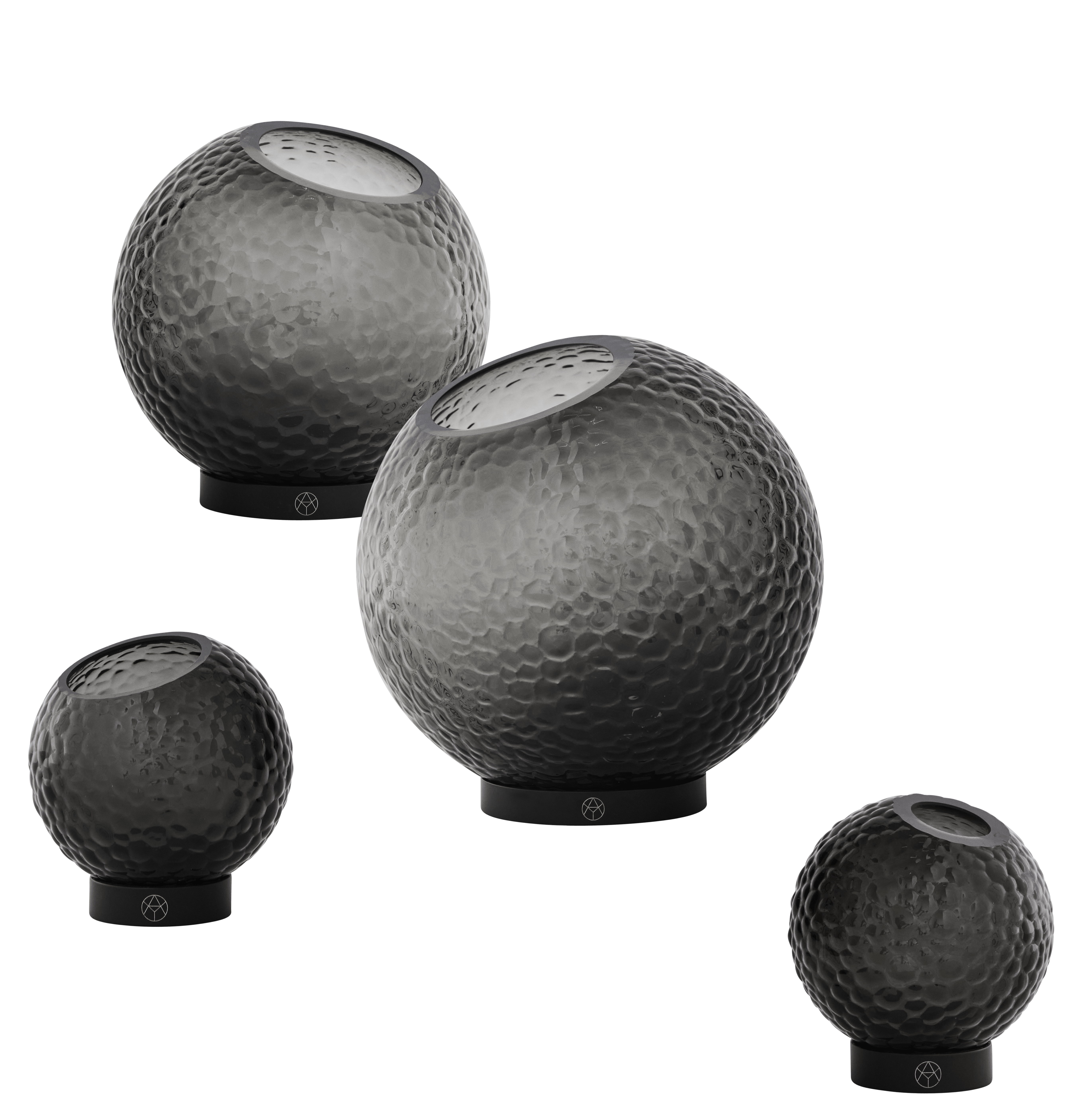THE HEALING POWER OF ORGANIC SHAPES
How visual environments shape our mood & well-being
Life moves fast - and so does the world around us. Between deadlines and daily routines, it's easy to lose our sense of calm.
Yet the environments we create and the shapes that define them have the quiet power to restore balance. Our visual world matters, because the spaces we shape ultimately shape us.

THE SCIENCE BEHIND SHAPES
How our surroundings support restoration
Our perception is dominated by what we see. Some estimates suggest that 70% or more of the sensory information processed by the brain comes through visual receptors.
.jpg)
In a high-tempo world, we seek sanctuaries in homes and spaces that enable us to settle and restore energy. When beautifully crafted objects, furniture, textures, and spaces follow the logic of nature’s forms, they become part of that restorative architecture of daily life. And even small touches can make a difference in stress recovery, mood uplift and overall quality of life.
What we encounter visually -textures, shapes, patterns- feeds into neurological, emotional, and physiological processes, often happening outside of our conscious awareness."Neuro-aesthetics” is the study of how our brain processes these aesthetic experiences.
Our brains have an inherent preference for certain shapes. Organic, curvilinear shapes that mimic the patterns and forms found in nature are generally experienced as more pleasant and calming than acute angular shapes which are perceived as less pleasant and more psychologically arousing.
.jpg)
Organic forms are found to create powerful stimuli that directly affects our nervous systems, mood, and sense of calm, simply due to an innate human need for nature.

Integrating nature-like forms, patterns, and textures when designing our home interior environment can profoundly influence our stress levels and general sense of mental well-being. Lighting, acoustics, texture, and scale all affect the experience of the space. A gentle curve under harsh glare won’t feel soothing, while soft natural light will.
CREATING COHERENCE & HARMONY
Rugs can improve room acoustics by absorbing sound waves and reduce echoes and reverberations from hard, reflective surfaces, resulting in more pleasant acoustics and overall atmosphere. A strategically placed rug can define spaces by creating the visual illusion of a zone which unifies the elements in a comforting and soft way.
Round mirrors offer a visually softer and more calming experience that makes spaces feel more inviting by breaking up the visual rigidity of linear design. Position a round mirror to face a window or another source of natural light to bounce light around the room. This will also act as a visual anchor of nature. When placed by entryways or hallways, a curvilinear mirror can also allow for better flow in the space, creating visually softer transitions between zones.
Earthy tones like beiges, browns, and greens, often found in materials such as wood, clay, and stone, can create calming, comfortable, and harmonious spaces that reduce stress and improve mood. These natural materials, along with woven fibers and textured glass, oftentimes carry tactile textures as well which provides sensory richness, triggering feelings of comfort and connection

Our visual surroundings are silent participants in our emotional landscape.
When nature's logic guides design, our spaces gain the power to help us
mentally unwind. Design, at its best, becomes a quiet dialogue between the
built and the natural. Neuro-aesthetics reminds us that the environments we
shape ultimately shape us.
.png&AlternativeImage=%2fFiles%2fImages%2fmissing_image.jpg)
.png&AlternativeImage=%2fFiles%2fImages%2fmissing_image.jpg)
.png&AlternativeImage=%2fFiles%2fImages%2fmissing_image.jpg)